Late 18th/early 19th century.
Total height: 36 cm X Width: 24 cm X Depth: 13.5 cm
The genesis of the model of a pacing horse dates back to the 1660s/70s. Various documents indicate the presence in Jean de Bologne's workshop of the wax prototype of a "cavalino". It was to respond to the commission of Grand Duke Ferdinando I de' Medici who wanted to erect, to the glory of his father Cosimo I, a monument similar to the ancient equestrian statue of Marcus Aurelius in the Piazza del Campidoglio in Rome, that Jean de Bologne took his prototype of a horse passing and enlarged it. Antonio Susini, who had become a close collaborator of Giovanni di Bologna, participated in this creative process and assisted him "in making the models, molds, and casts, as well as in cleaning and then constructing them," according to Filippo Baldinucci (1625-1687). The model was a great success and was adopted by Florentine workshops throughout the 17th and 18th centuries.




















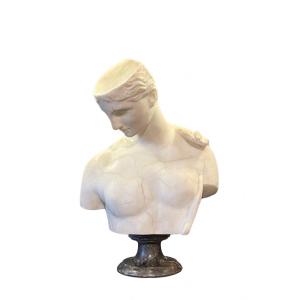
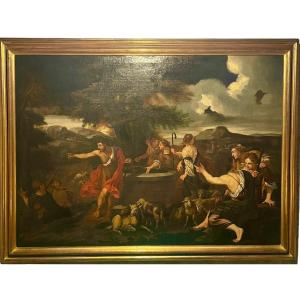
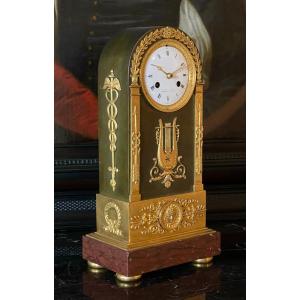


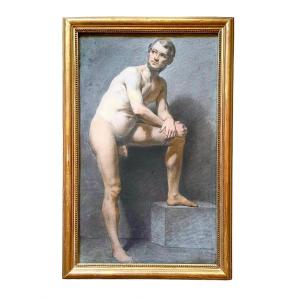
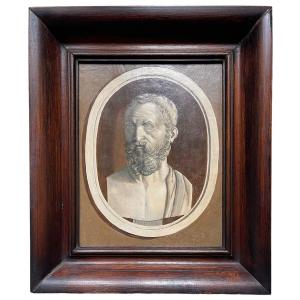



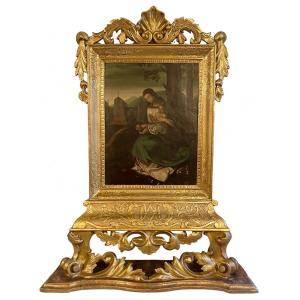
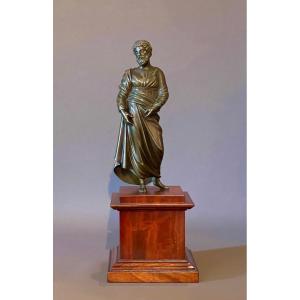









 Le Magazine de PROANTIC
Le Magazine de PROANTIC TRÉSORS Magazine
TRÉSORS Magazine Rivista Artiquariato
Rivista Artiquariato